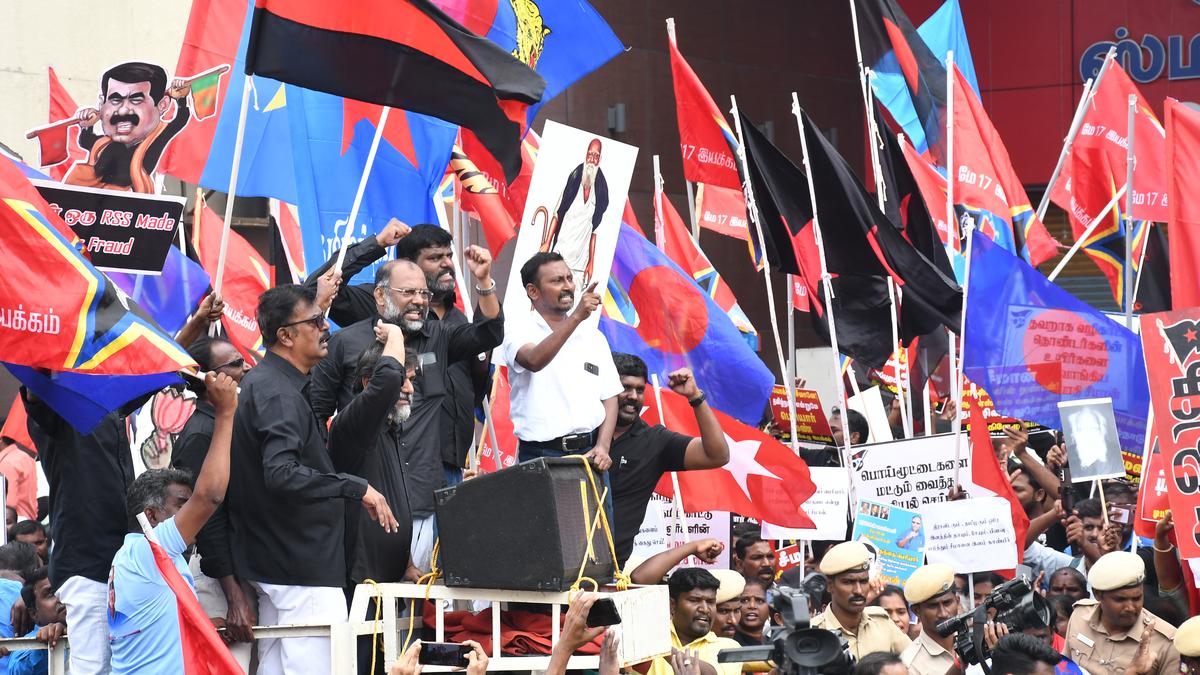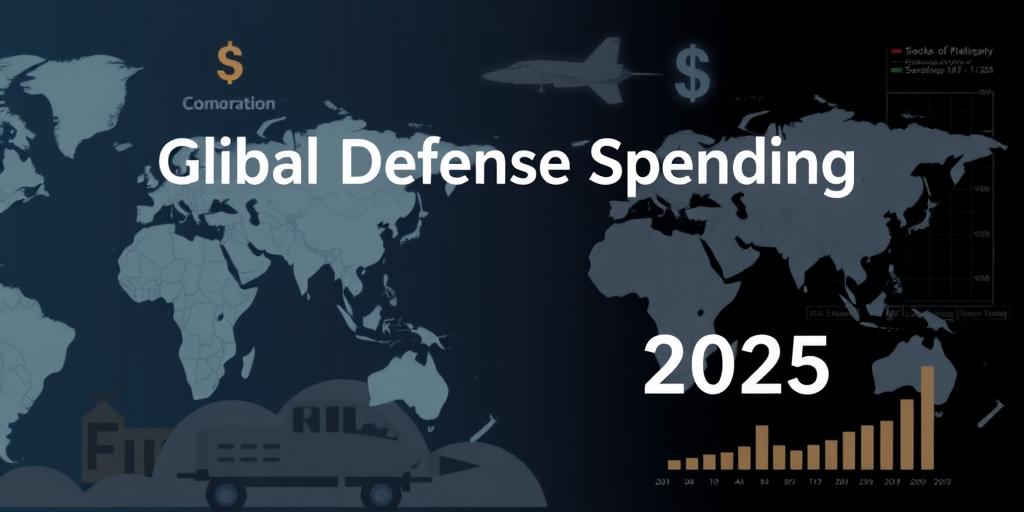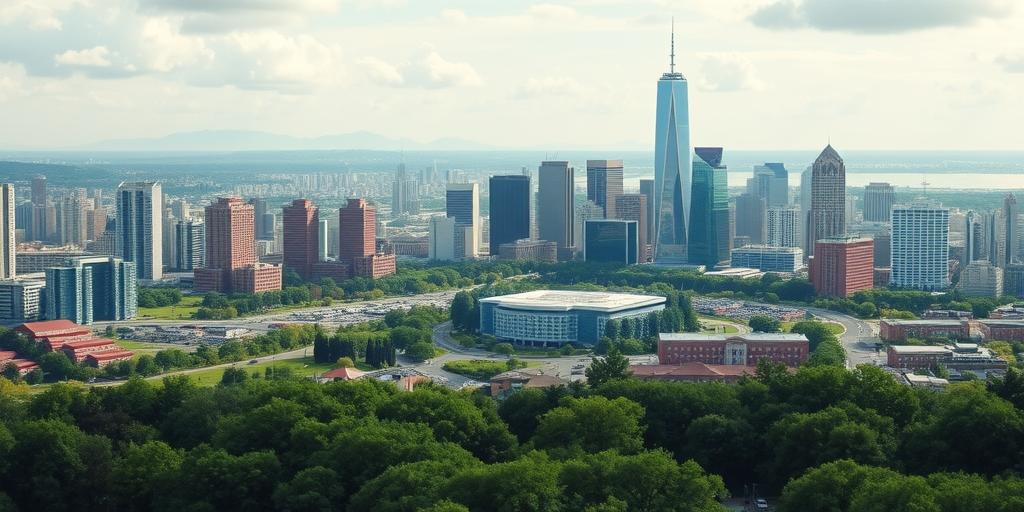Seeman's Controversial Remarks on Periyar Spark Tensions and Protests
In a dramatic turn of events, the political landscape of Tamil Nadu has been shaken by a clash between Naam Tamilar Katchi (NTK) coordinator Seeman and Periyarist outfits. Seeman’s alleged controversial remarks regarding Periyar E.V. Ramasamy's personal life triggered widespread protests and a siege on his residence. But who is Seeman, and why is this clash igniting such intense controversy?
Seeman's Accusations and the Outcry
The controversy erupted after Seeman allegedly made comments about Periyar's private life, prompting immediate outrage from various Periyarist groups such as the Dravidar Kazhagam and the Dravidar Viduthalai Kazhagam. These organizations quickly mobilized, leading to a planned siege of Seeman’s home in Neelankarai. The incident resulted in a tense atmosphere, with effigies burnt and several protestors detained as they attempted to approach his residence. But what exactly did Seeman say, and what fueled the fervent reaction?
The Heat is On: Why Such Strong Reactions?
Periyar E.V. Ramasamy remains a highly revered and influential figure in the Dravidian movement, with a legacy deeply intertwined with Tamil identity and social justice. His followers view any criticism as a profound attack against his ideology and ideals. Such strong reactions to Seeman's words aren't only about defending Periyar's image; they symbolize the significant emotional ties to his movement.
Seeman’s direct attacks are deemed unacceptable; the protests signify how deeply ingrained Periyar's philosophy remains in the collective consciousness of his supporters. But did Seeman truly cross a line, and what justification might be there for the backlash against him? What can be interpreted from this heated situation?
Seeman's Defiance and Counter-Arguments
Despite the intense protests, Seeman remained resolute in his stance, refusing to retract or apologize for his comments. In a statement to the media, he questioned the Periyarist groups’ silence on more pressing issues affecting the Tamil people. He argued that these groups have overlooked more important events in the state that call for social activism. These critical questions further highlight Seeman’s defiance and counter-narrative. Is there merit to the concerns Seeman raises?
The Larger Issues Ignored?
Seeman raised several crucial issues, including environmental concerns, the lack of caste-based census data, and incidents of violence and injustice, to argue for the lack of engagement of other prominent figures in resolving real public issues.
He posed significant questions about the lack of condemnation for instances of police brutality and inaction related to environmental damage that many consider of paramount significance to the people of Tamil Nadu. His criticism against the dominant DMK party for their alleged reluctance to conduct a caste-based census serves as another significant point of contention. But how will these concerns about alleged political neglect and inaction ever find their way into mainstream discussion and bring forth actionable resolutions?
Political Implications and Future of the Debate
The conflict between Seeman and the Periyarist groups has significant political ramifications. This clash showcases a fracture within the Dravidian movement, demonstrating potential fault lines between seemingly ideological allies. This division might cause widespread turmoil in the Tamil political sphere; this contentious episode has left many wondering how the situation will evolve going forward. Are future conflicts likely, and can some resolution between Seeman and other leading politicians and activists be found?
Seeman’s Vision and Ideological Differences
Seeman has identified the necessity of breaking away from established parties. Seeman’s supporters emphasize his unique stance. Some see his methods as disruptive, but to them his perspective represents an alternative to the conventional politics of Tamil Nadu.
Furthering ideological division is Seeman’s strong assertions against Periyar, emphasizing how significantly his ideology differs from that of the Periyarist movement.
Take Away Points
- Seeman’s comments on Periyar sparked widespread protests and a siege on his house.
- Seeman defended his statements, questioning the Periyarist groups' focus.
- The conflict highlights deep ideological divisions and potential realignments within Tamil Nadu politics.
- Seeman’s criticism and questioning of existing Tamil politics provide a unique perspective and fuel further ideological debate.









